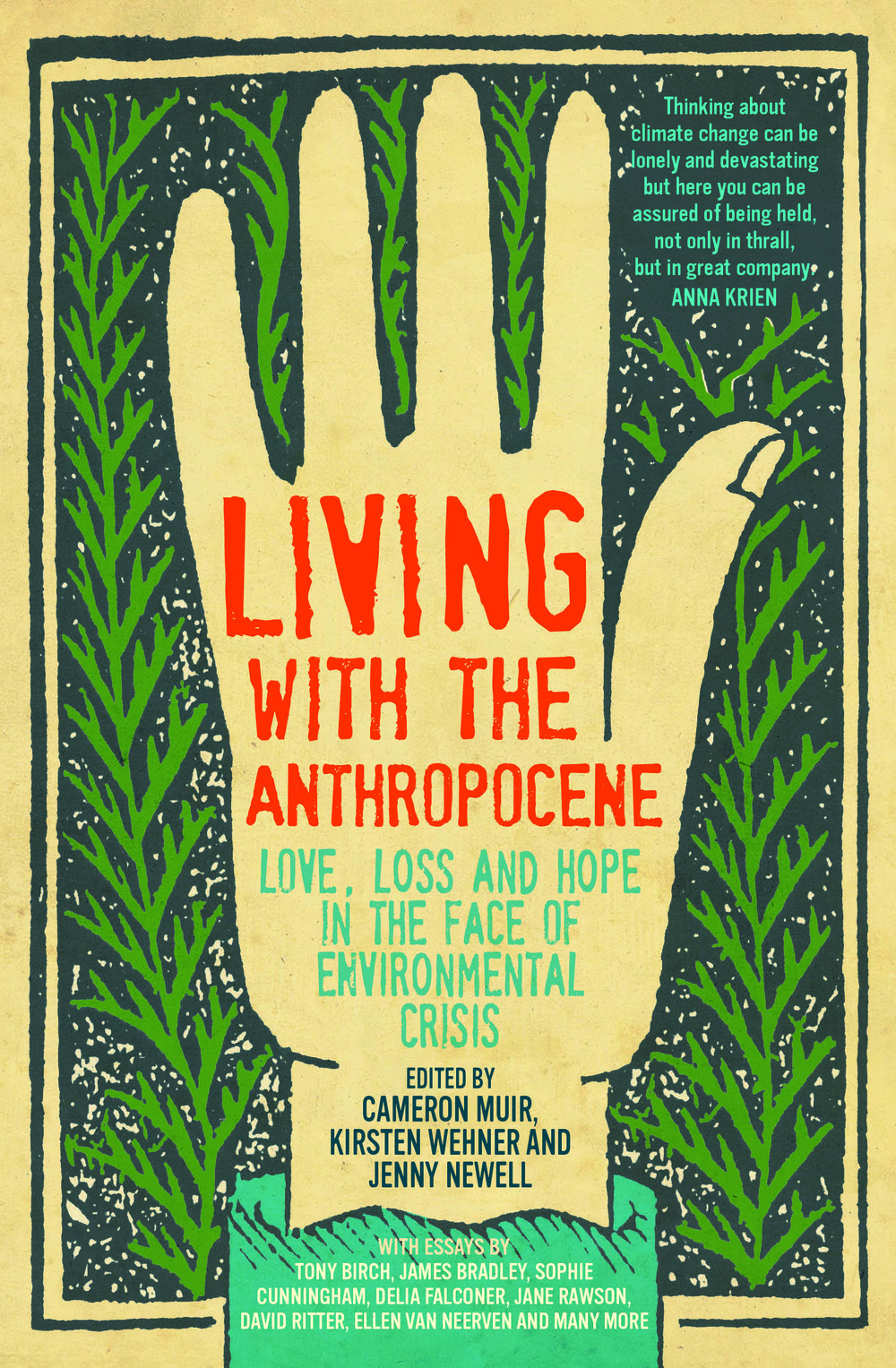It feels like a threshold has been crossed. The staggering scale and depth of the devastation wrought in last summer’s bushfires, followed by a global pandemic with likely origins in industrial food chains and exploitation of animals, revealed - in visceral ways - nature in turmoil. And human activities are at the heart of it.
We intended Living with the Anthropocene to help prepare our communities for the emotional costs of rapid and disruptive environmental changes. We didn’t expect this year’s events to so tragically demonstrate that these changes have arrived.
In preparing this book, we issued an open call, invited fellow curators and scholars, and challenged some of Australia’s best-known writers to reflect on their own personal journeys grappling with climate change, disappearing species, soil exhaustion, air pollution and other challenges of the Anthropocene. Historians, ecologists, walkers, gardeners, artists, activists and students responded with heartfelt, revealing and powerful stories, often tunnelling down into feelings of loss, sometimes evoking laughter, and frequently turning resolutely towards the future with hope and determination. Every submission expressed its author’s love and care for living places, people, and plant and animal companions.
Collected here are moving and intriguing essays, memoirs, reporting and reflections on fires in Tasmania’s ancient forests, haunting and intimate encounters with ocean creatures, the search for a ‘safe’ place to live, plastic pollution, the overlooked role of insects, changing sounds and populations of backyard birds, regenerating farmland, and many more.
As we edited and curated this book, we came to see the Anthropocene as about facing and responding with compassion and determination to legacies – processes of colonialism, dispossession and exploitation that began hundreds of years ago and that have picked up pace to give rise to our current predicament. If we feel any responsibility to provide our descendants with even a semblance of the world we now enjoy, we must deal with the runaway consequences of these histories of violence against Earth’s human and non-human inhabitants.
From this perspective, the Anthropocene is not primarily about scientific definitions of an era of techno-geological time but rather about cultural problems, about how we can understand and transform the circumstances, trajectories and possibilities of our everyday lives – as individuals, communities and societies – in order to build more ecologically and culturally sustainable, even flourishing and joyous, places.
Cultural problems, to our minds, are addressed through stories, those marvellous human technologies for shaping locations, characters and events into narratives that help us notice the world, draw its messiness into comprehensible threads and enable us to share, debate and agree on what is important and how we should act on that knowledge.
This book grew through our conviction that, as a society, we need to spend a lot more time talking about what is happening to us: how we live in Australia in the Anthropocene, how we relate to each other and the rest of the living world, what is important to us in this present moment and what we are doing about it all.
In other words, our interest in drawing together the stories in this book is to reveal and acknowledge as important those aspects of the Anthropocene that won’t be visible in the strata thousands of years from now: grief, hope, trauma, generosity, courage, politics, failures, successes and the determination of those finding their way through.
Everything seems raw, as if over a few months Australia has become a less stable, less secure country. But, perhaps, people across our nation have also taken a more hopeful step over the edge and into this new world. We sense a strength, a new standing together, of people who are sad, angry, more awake and determined to prevent our country sliding further into crisis. We are now people who must learn how to survive in our dear country of extremes, who must live prepared for experiences we can’t anticipate, and who must, and will, look after each other more keenly, carefully and devotedly than ever before.
We hope Living with the Anthropocene is not so much a guidebook as a companion to help see us through these uncertain times; a modest contribution to the work of fostering a national community empowered and enabled to help us adapt to the changes that are occurring and to come, to prevent worse from happening, and to imagine and strive towards positive futures.
As Tony Birch observes, in the first essay of this collection, how we traverse this Anthropocene, this storm of our own making, ‘will determine the life and death of human and non-human species’. ‘Believe in the crowd’, Tony says, and we heartily endorse, ‘gain energy from the actions of others’ and ‘be in the world’.
You’re not alone.
Cameron Muir's, Kirsten Wehner's and Jenny Newell's book Living with the Anthropocene: Love, Loss and Hope in the Face of Environmental Crisis will be published by NewSouth in October 2020.
